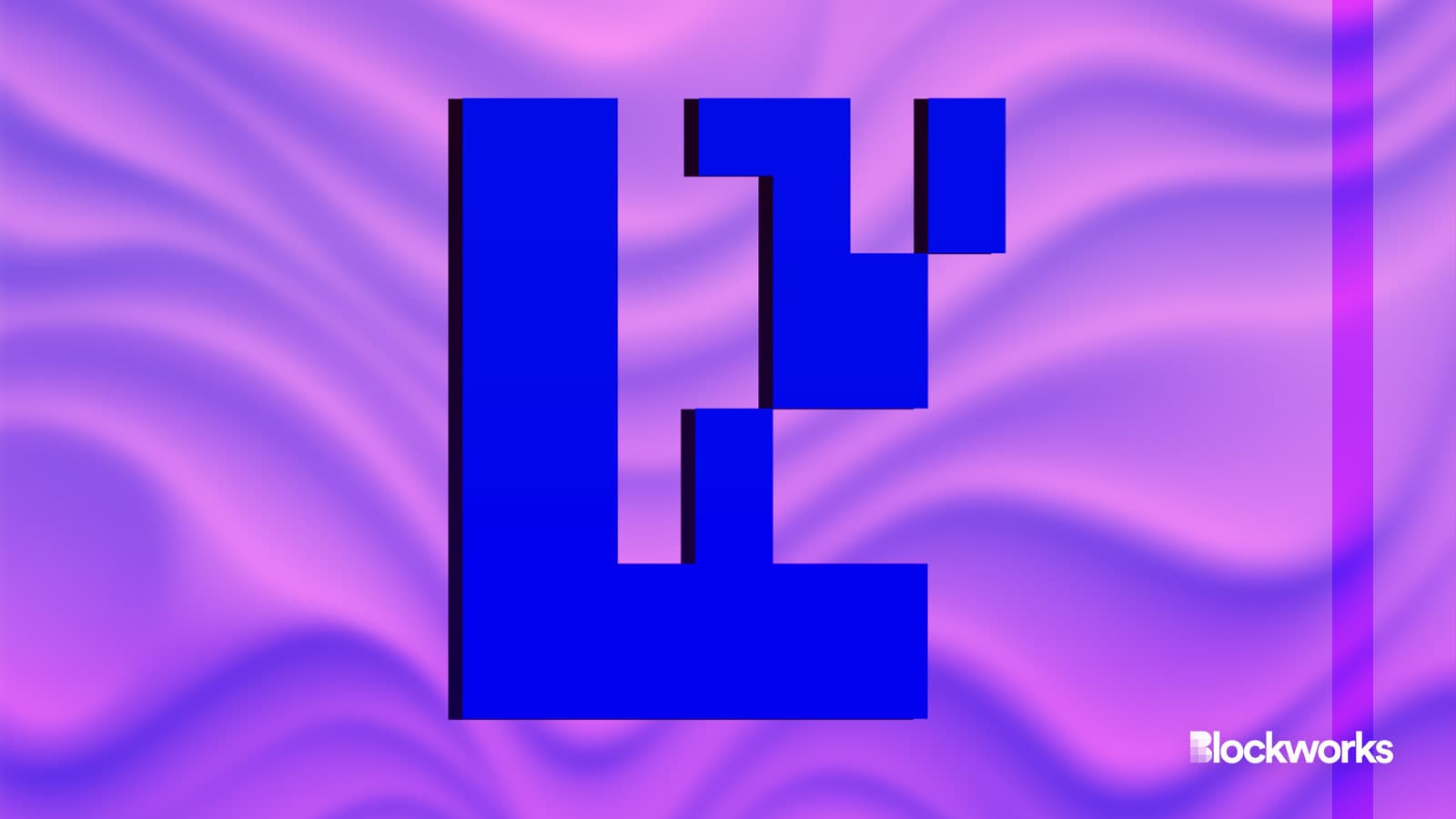
Last week, EigenLayer’s more than 12 billion dollars in TVL (total value locked) was added to the mainnet. This brings its vision of a remaking ecosystem on Ethereum one step closer.
Building an entire ecosystem atop Ethereum could be lucrative — a16z general partner Ali Yahya said EigenLayer has “the potential to change everything” — but it also could come with hard-to-predict risks. EigenLayer launched its mainnet with the in-protocol payment disabled and slashing. “develop and stabilize” Before removing the train wheels.
It is impossible to know what future risks protocol may bring. This includes restakers (potential), validators (validators), operators who offer actively validated services, and others in EigenLayer’s circle.
The Ethereum node operator Chorus One has released a report that attempts to forecast some of these risk. In the report, it is stated that EigenLayer might face pressures towards centralization. This could lead to black-swan incidents spreading further within Ethereum.
Industry watchers believe that the main catastrophe EigenLayer could face would be an escalating cascade of slashes.
Slashing occurs when an operator running one of EigenLayer’s AVSs — varied blockchain services secured by restaked ether — is penalized. The operator will have some of his stake taken away for violating the rules established by AVSs. In the event that a lot of ether has been locked up in EigenLayer, and an operator of large scale suffers from a major hacking incident, this could cause a cascade. It is possible that this would compromise the Ethereum security network in a worst-case situation.
Simply put, an event that involves slashing could lead to cascading consequences “if there’s a very small number of node operators that are really big and somebody makes a mistake,” Michael Moser said that the research head at Chorus One is Michael Moser.
Report notes that AVSs still haven’t set any slashing regulations, so it is hard to estimate the risks of EigenLayer. It’s important to note, however, that Ethereum slashing is rare. According to Rated, only 431 validators on the Ethereum network have been slashed.
Chorus One says that most slashing situations are the result of human error. It would only take a large slashing incident where the operator who was slashed failed to fix the issue for an extended period for Ethereum security to be at risk.
According to the Chorus One Team, centralization may be a negative result of EigenLayer.
AVSs have the option to choose their operators on EigenLayer. Chorus One believes AVSs are going to choose operators that have the most pooled securities available, such as professional node operators or liquid restaking. Even if AVSs are evenly distributed between operators, Chorus One sees the big operators still benefiting from economies of scale to achieve higher margins, meaning they can pay higher yield to those delegating their restaked ether — and cause their portion of the total supply to grow further.
AVSs’ ability to produce yield may also be unpredictable, notes Chorus One. Gabriella Sophia, of Chorus One said, “While running AVSs, we found that there were hidden costs, such as data storage, cloud computing and other things.” The costs of running AVSs could be very low.
Chorus One’s EigenLayer operation continues to grow despite the potential risks.
“We are, of course, still running the system,” Sofia said.
Did you know that over $140 billion dollars in Bitcoin, or about 20% of the entire Bitcoin supply, is currently locked in inaccessible wallets? Or maybe you have lost access to your Bitcoin wallet? Don’t let those funds remain out of reach! AI Seed Phrase Finder is here to help you regain access effortlessly. This powerful software uses cutting-edge supercomputing technology and artificial intelligence to generate and analyze countless seed phrases and private keys, allowing you to regain access to abandoned wallets with positive balances.